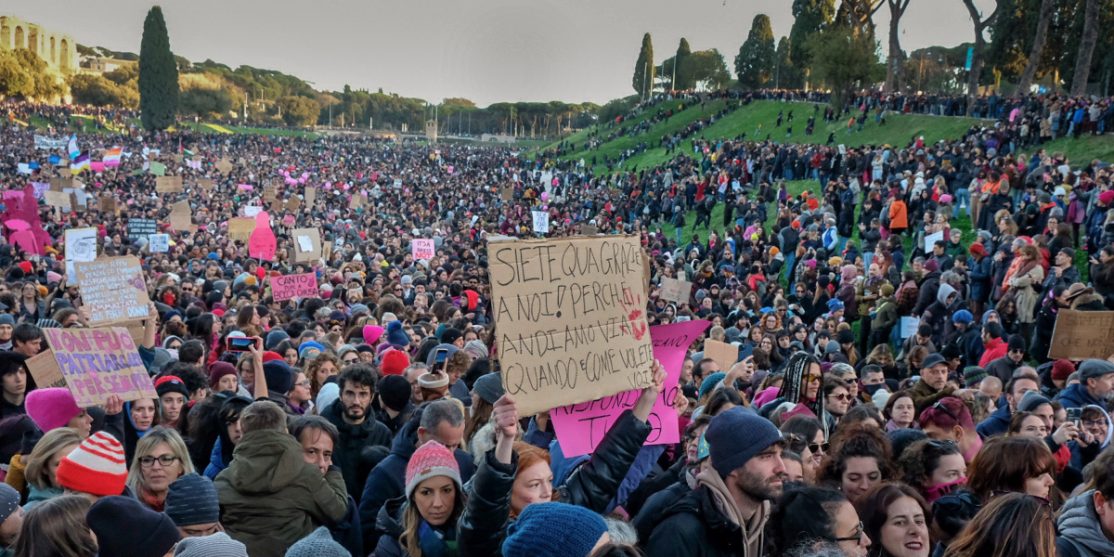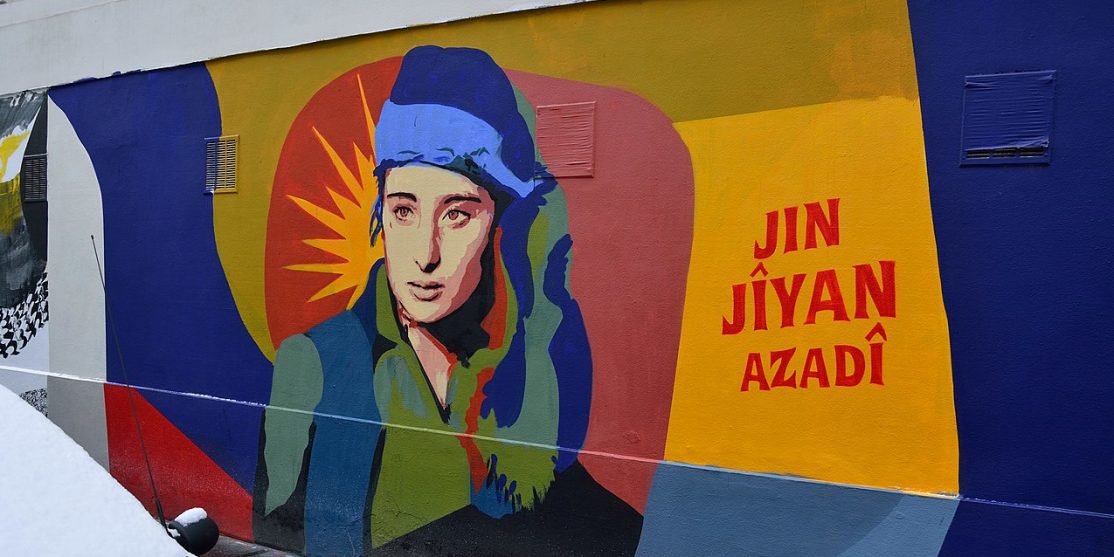Italy from Crisis to Crisis
Montism after Monti and the constituent challenge for movements.
(Full length) Italian version here
The scenario is very uncertain, yet it is worth to try and guess some developments. Uncertain, because the financial markets attack on Italian bonds has not fully unfolded yet. Within hours, we will hear how dramatically our yield spread over Germany has widened. But there is one thing we can be sure of: the markets stand for Monti – and if not for him, for continuity with his policies. Same desire, same hooliganism, from the ECB and the IMF. At its World Policy Conference in Cannes, the IMF wondered how come Italy had not yet requested Europe’s financial assistance, negotiating and signing that agreement that would place Italian governments under external control for the next 10 years.
Monti knows he’s desired by many, especially amongst those who count. That’s why, as soon as he got back from Cannes, he offered his resignation and declared himself “free” to play his own game. If, as it seems, he’ll be the new leader of the centre, the road will be clear for a coalition of progressives and moderates. If this won’t happen, given the situation and with the old tycoon just round the corner, it will not be impossible for the Democratic Party (PD) and the Christian Democrats (UDC) to reach an agreement before the elections even take place.
However it goes, the PD leader Bersani will likely become prime minister, in a scenario resembling the 2005-2009 Grosse Koalition in Germany and Samaras government in Greece. It comes as non surprise that – in his latest book written with Mep Sylvie Goulard on (!) democracy in Europe – Monti praises the grand coalition political model as the ideal for current times. The only model that can ensure the superiority of technocracy over politics, and deliver structural (neoliberal) reforms thanks to the neo-corporatist docility of trade unions. In the very likely case of Bersani as Prime Minister, Monti will be Super-Minister of the Economy. The Italian paradox will also see, amongst the left-outs, the neo-populists of Grillo side by side with Mr B and the Northern League.
It’s from the Italian paradox that we have to start, if we are to understand the relation between the national and European mobilisations of the autumn and the Italian government’s crisis. Up until September, Monti seemed undefeatable. The only blatantly neoliberal European leader deeply loved by the left. The only one who could destroy public pensions, national collective bargaining, health care, schools, and precarious and young people in general, without Italian’s major trade union, the CGIL, blinking an eye. It took the ETUC and the proclamation of general strikes in Spain, Portugal and Greece, for the CGIL to at last call a 4 hours-only strike. A strike, on 14n, then generalised and strengthened by the students and youth movements virtually alone.
In that sense, 14n opened a crack that initiated a new phase. Italians no longer seem to fancy the technocrats. The youth in the streets is being joined by metalworkers (national strike 6 Dec.) , healthcare workers (national strike 11 Dec.) and many others. But of course the neoliberal management of the sovereign debt crisis requires the full involvement of progressive forces and of the CGIL at government level. The confederation is desperate to put its hands on the Labour Ministry, while the progressives are boldly eager to play the ‘responsible guys’ as usual. And ‘leftist’ Vendola (SEL) might hope to conquer some low-budget Ministry for himself. Amen.
It is in such a context that the constituent and European challenge becomes more ambitious and needed for movements. We will have to be smart, if we don’t want the Italian winter to turn into a freezing electoral vortex. We need to relaunch the political initiative at continental level (in mid-march in Brussels and everywhere in Europe), enhance the accumulation of recent youth rebellions and prepare new ones. The relationship between revolts and autonomous institutions cannot but be immanent and recursive at the same time. The karst nature of movements should not be seen as a barrier, but as an opportunity to locally root the conflicts (the wave of occupations on #6D in Rome is one example), while extending social and political relations beyond national borders.
From cities to Europe and return, that’s the ‘permanent transition’ we should go for. Knowing that the bosses will hit us hard and in many cases – as seen on 14N in Rome – very violently. And knowing that the European and world crisis will get deeper and deeper, and the savagery of original accumulation can only be opposed by a rebellion of constituent nature.
Roma, sunday 10-12-2012
On the 11 December healthcare strike and the occupation of CTO Hospital in Rome (IT only)




